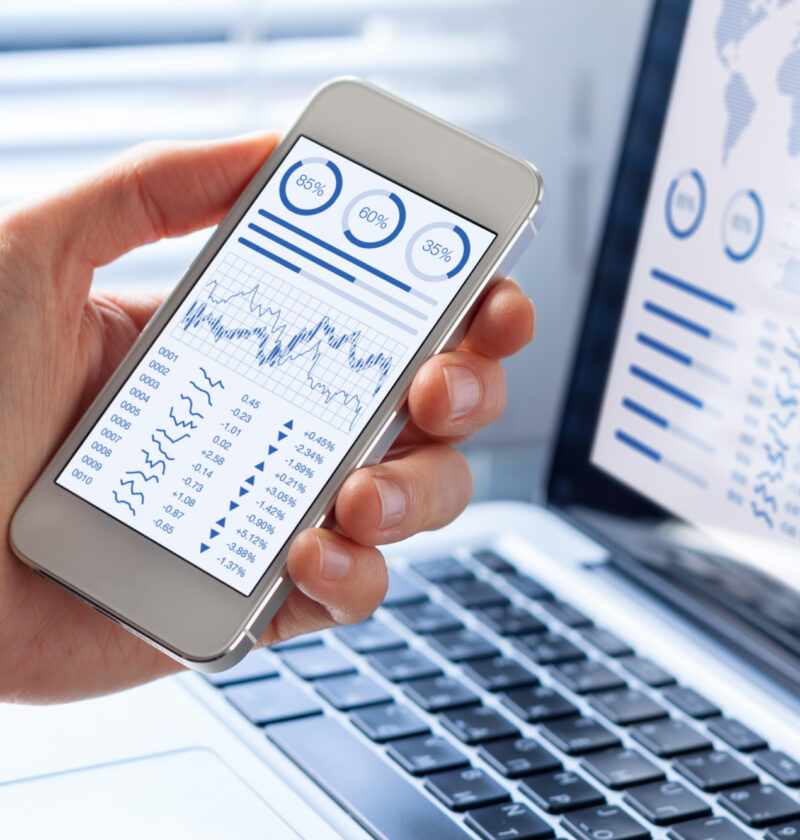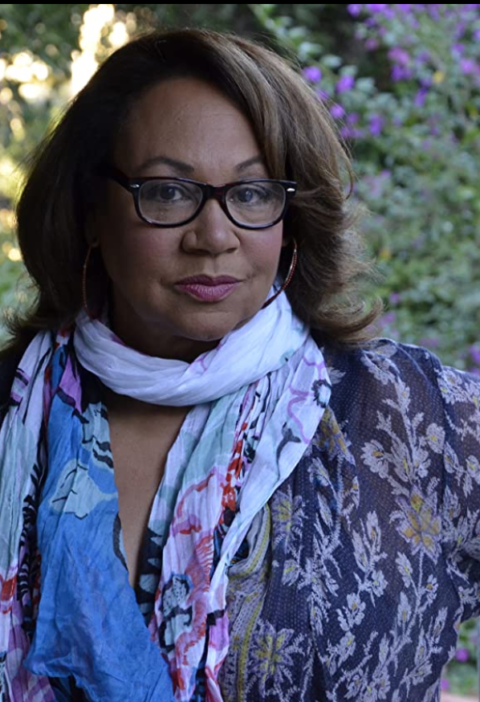About 40% of Americans struggle financially. It’s getting even harder now that the economy is open after the pandemic.
It seems like the cost of everything is shooting up. Home sales prices increased by double digits over the last year. Groceries cost more, rents are up in many areas, and paychecks haven’t kept up.
If it seems like you’re falling behind financially, these are some reasons why. Even if you haven’t changed anything over the last year, your money doesn’t go as far.
It’s time to take control of your finances. A personal finance app is one of the ways that people do that.
You’ll need to figure out which personal finance app you should choose to help you manage your finances. Keep reading to learn how to choose the right finance software and how you can manage your finances.
1. What Are Your Financial Goals?
The best way to find the best personal finance app is to match your needs with the features of an app. Therefore, you need to know what your financial goals are.
Here are some examples of financial goals. You want to save enough money for a down payment on a home. You want to keep track of investments.
Other goals are to save money and to track where your money is going.
Each of these goals requires certain features. For instance, if you want to save and invest money, you’ll want an app that takes spare change and puts it towards investments.
Instead of setting wild financial goals such as, “I want to attract $100,000 next month,” create realistic and time-based goals.
Let’s say you want to save money for a down payment on a house. The homes in your area are about $300,000. A first-time homebuyer that qualifies for an FHA loan needs about 3.5% for a down payment of $10,500.
Figure out a timeline as to when you want to buy a house. It might be in six months or two years. Now determine how much you need to save each month.
That process helps you figure out a quantifiable goal. Apply it to any savings goal, whether you want to take a once-in-a-lifetime vacation, remodel your house, or save for retirement.
2. Know the Types of Personal Finance Software
There are personal finance apps that will help you achieve any goal. Understanding the different types of personal finance apps helps you find the app that meets your needs.
A budgeting app is one that tracks your income and spending. You can set up spending limits for different categories, which helps you find ways to save money.
It also cuts down on unnecessary expenses like coffee, streaming services, and ordering take-out. Budgeting apps connect with your credit card and bank accounts.
You don’t have to manually enter your transactions into the app. Personal finance apps often categorize expenses for you, so you can always know where you’re at financially in real-time.
Tax apps help you make sense of the complexities of taxes. They also categorize your expenses and income to simplify the tax filing process for you.
Some companies have apps that integrate with tax filing software. All you have to do is have an account with both software companies. All you have to do is verify the information and file your taxes.
A savings app makes saving money seamless. Some automatically transfer funds into a savings or investment account. You don’t even notice it.
What’s even better is that you can deposit the funds into an account that you can’t touch. It forces you to have discipline around your finances so you meet your goals.
Investment apps do the hard work of building a financial portfolio. It’s like having a financial advisor on you at all times.
3. Check the Features
How do you know that you have the best budget planner app? It has all of the features you need to accomplish your financial goal. It also has enough features so you can financially grow without changing apps.
You could find that you start with an app for tracking income and expenses. You got a handle on your budget, but the app you used doesn’t have additional features to track investments.
You’ll then have to find a new app and transfer your financial data to the new app.
Some apps have account restrictions while others don’t. If you know that you’re going to need investments, credit cards, and bank accounts, then look for an app that doesn’t place restrictions on the types of accounts.
Security has to be a high priority. You’re about to hand over your financial data to a third party. You need to make sure that the app that you use has the highest level of encryption and security.
You have to do your part to keep your information secure, too. Don’t use a password that’s easy to remember or you used before. Use a password generator to create a strong password and a password locker to secure it.
Customer support is another important feature, no matter what type of app you use. Many tools have a knowledge base as their primary form of customer support.
Choose an app that has live chat and other ways to connect to a customer support rep.
Check to see if you’re limited to just a personal finance app to track your finances. You should look for an app that you can use on any device, including desktop computers.
4. Reviews and Reputation
Certain apps like Mint and You Need a Budget have a huge following. They have millions of users. They have a great reputation, but those apps might not be a good fit for you.
You also want to make sure that the app functions well. Do an online search for personal finance apps. You’ll see the same ones mentioned over and over again.
If you want to see what people think of the app, read the reviews on Apple’s App Store and Google Play. You’ll learn about usability issues.
Notice if the customer service team is responsive or if they let negative comments sit there without a response. It’s a sign of things to come if you use the app.
5. Trial and Error
Most apps have a freemium version, but they tend to have ads or limited features. That might be all you need from a personal finance app.
Keep in mind that some features aren’t available unless you upgrade to the full version of the software. You want to weigh the costs of the software against what you need from the app.
If you don’t want to waste money on apps that don’t serve your needs, you can always try an app as a free trial.
By this point, you should have narrowed your options down to a few options. Sign up for a free trial to see which app best meets your needs.
You don’t want to have all of your financial information exposed, so connect one account to each app. That gives you enough information to test the app.
Get a feel for how often the app updates, if there are any syncing issues, and how the user interface works.
Once you settle on an app, make sure you delete your account on the other apps you tried. Leaving that information out there only increases your risk.
How to Manage Your Personal Finances
Personal finance apps go a long way to help you meet your financial goals. There are things that you can do on your own to manage your personal finances.
As you look at your spending, prioritize them. Take a hard look and see which ones you can cut and which ones are really necessary.
It’s easy to think of the immediate pleasure of buying something now. That purchase only delays you from hitting your financial goals.
Develop reasons for your financial goals. These have to be emotionally powerful reasons that keep you motivated. You’ll be able to prioritize your goals over an impulse purchase.
You can also look at your income sources. There might be creative ways to earn more income so you can reach your financial goals faster.
Changing jobs for more money is one way to go about it. Pick up a side gig like freelancing for a set period of time to increase your cash flow.
Doing it for a defined period keeps you from burnout while you hit your goals.
Finding the Perfect Personal Finance App
There are hundreds of financial apps out there. Which one is the best personal finance app for you? It depends on your financial goals.
Once you know your goals, you’ll be able to look for the budgeting app with the features you need now and in the future.
Ready for more financial tips? Click on the Business and Finance tab at the top for creative financial ideas.







